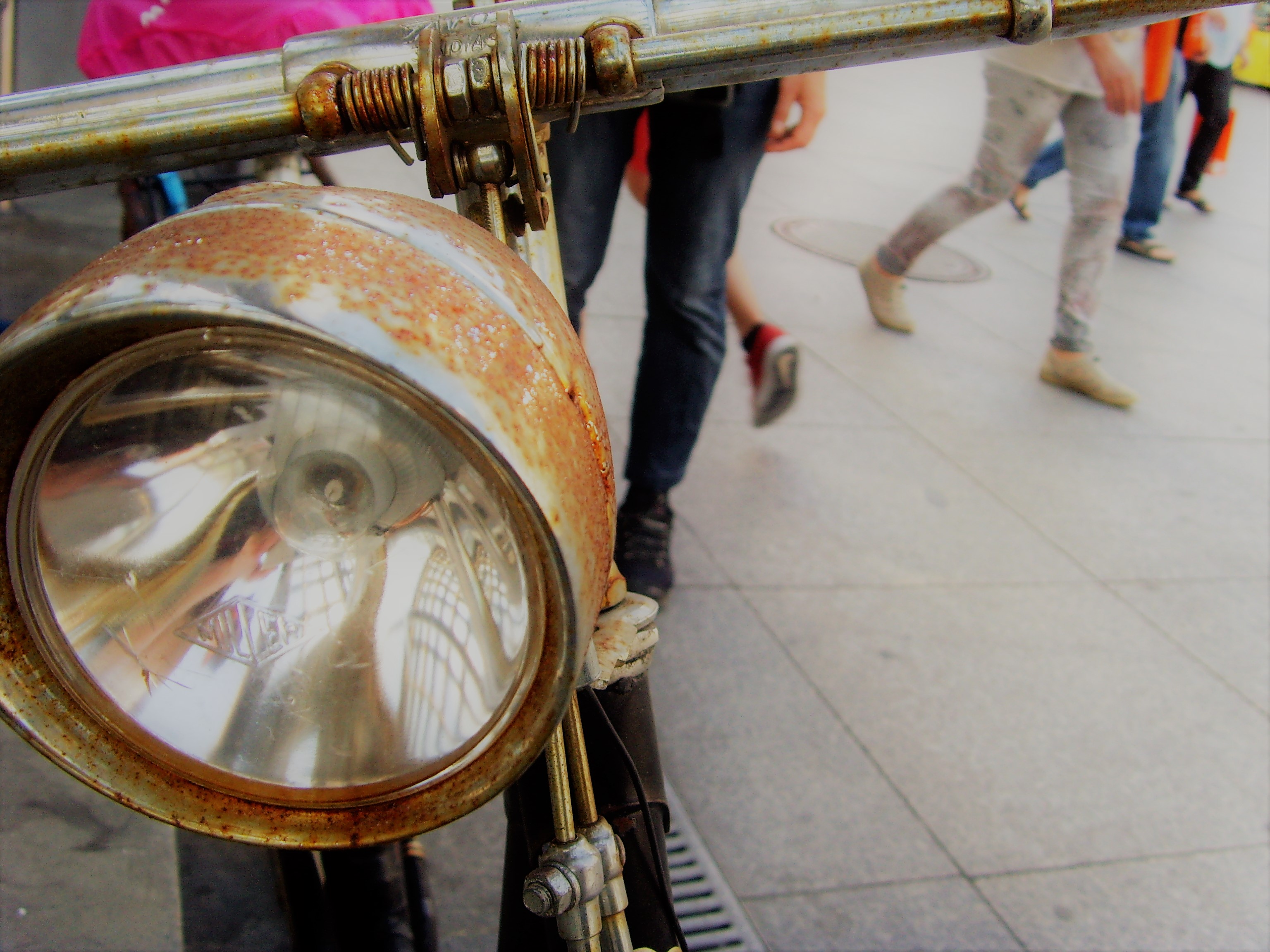performative urban research ensemble
The city performs itself.
The act of walking is to the urban system what the speech act is to language or to the statements uttered.
Michel de Certeau, The Practice of Everyday Life, 1984
p.u.r.e. – performative urban research ensemble – is an ongoing project of a collective of interdisciplinary artists, launched in 2016 by Jagna Anderson together with Dodi Helschinger, María Ferrara, Maya Raghavan, Susanne Soldan and Karine Thomas.
p.u.r.e. considers the city as a performative process – in which we are all taking part – and the urban space as a relational space, being constantly produced by perceptive and performative acts.
p.u.r.e. reinterprets such artistic strategies as Situationists’ dérive or Beuys’s social sculpture. We explore the realm in-between of multi sensorial perception and performative intervention. Led likewise by the question how does the city shape us? and how do we shape the city? we keep developing our own relational & radically minimalist aesthetics of urban performance.
Our fundamental research resource is the practice of city walks, an extended multisensorial version of a sound walk, which becomes also an urban performance approach.
p.u.r.e. walks are emancipatory interruptions of the public space and catalysts for the new playgrounds of the common city.
Read more and find a documentation of the previous walks at https://purewalks.wordpress.com

© S. Soldan
interview with Jagna Anderson (in German)
Please find the dates here
Further information and booking: pure (at) impro-per-arts.de
currently p.u.r.e. are
Jagna Anderson, María Ferrara, Dodi Helschinger, Susanne Soldan, Karine Thomas
Selected readings:
Blanes, Ruy/ Flynn, Alex/ Maskens, Maïte/ Tinius, Jonas. Micro-utopias: Anthropological Perspectives on art, relationality, and creativity. In: Cuadernos de Arte e Antropologia, Vol 5, nº1/2016, 5-20
Bax, Sander/ Gielen, Pascal/ Ieven, Bram (eds.). Interrupting the City. Artistic Constitutions of the Public Sphere. valiz antennae, Amsterdam 2015
Sophie Wolfrum, Nikolai Frhr. v. Brandis (Eds.): Performative Urbanism. Generating and Designing Urban Space, Berlin 2015
Nathalie Bredella / Chris Dähne (Eds.): Infrastrukturen des Urbanen. Soundscapes, Landscapes, Netscapes, Bielefeld 2013
Marianne Bäcker, Mechthild Schütte (Eds.), Tanz – Raum – Urbanität, Leipzig 2015
Gabriele Klein, Choreographien des Alltags. Bewegung und Tanz im Kontext kultureller Bildung, www.kubi-online.de, 2013
Karen O’Rourke, Walking and Mapping, The MIT Press, 2013
Klaus Schütz, Urban Performance. Performance in der Stadt/ Stadt als Performance (Kunstforum. Urban Performance I. Vol. 223/ 2013), pp. 36-47
ringgespräch über gruppenimprovisation – Theorie und Praxis improvisierter Musik, LXXV/April 2012, Thema: Raum
Rosi Braidotti, Nomadic Subjects. Embodiment and sexual difference in contemporary feminist theory. 2nd edition, New York, Columbia University Press 2011
Rosi Braidotti, Nomadic Theory. The Portable Rosi Braidotti, New York, Columbia University Press 2011
Christopher Dell: Replaycity. Improvisation als urbane Praxis, Berlin 2011
Ralph Fischer, Walking Artists. Über die Entdeckung des Gehens in den performativen Künsten, Transkript-Verlag 2011
Paolo Virilio, Philippe Petit, Cyberwelt, die wissentlich schlimmste Politik, Berlin 2011
Heddon, D., Lavery, C. and Smith, P.: Walking, Writing and Performance: Autobiographical Texts. Intellect Books: Bristol 2009
Francesco Careri, Walkscapes. Walking as an Aesthetic Practice, Barcelona 2002
Marina Löw, Raumsoziologie, Frankfurt/M. 2001
Michel de Certeau, Kunst des Handelns, Berlin 1988/ The Practice of Everyday Life, Berkeley 1984
R. Murray Schafer, The Soundscape. Our Sonic Environment and the Tuning of the World, New York 1977
Henri Lefebvre, The Production of Space, Blackwell Publishing 1991 (1974)
Guy Debord, Theory of Dérive, Internationale Situationniste #2 (1958)

